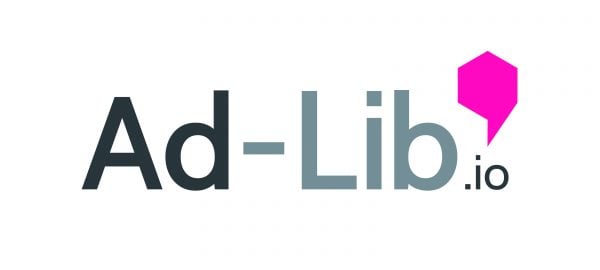By Janira Hernandez, head of client services MEA Ad-Lib.io

As the digital media landscape progresses, we continue to evolve our terminology and have more acronyms to memorise. Keeping up with industry jargon can be tedious, but one term that has gained momentum and is becoming more and more common amongst marketers is DCO, or dynamic creative optimisation. But what is it? And why is everyone talking about it?
Personally, I consider DCO a key pillar in the future of digital marketing.
What is DCO?
Dynamic creative optimisation (DCO) is an ad technology that creates personalised ads based on a user’s real-time data at the moment of ad serving. These ads can often use targeting signals such as demographics, location, consumer behaviour, time of day, weather, and many other data points to create a personalised brand experience.
DCO utilises AI and machine learning to select the most relevant components for viewers in real-time, leading to highly optimised and creative content. As a consumer, when you first visit a webpage, you are likely shown a generic ad that may not be relevant to you in any way and is therefore not effective. Through DCO, data is collected via data feeds or gathered from data management platforms (DMPs) and demand-side platforms (DSPs) the moment you land on the page, and it immediately surfaces creatives specifically for each user.

A recent study by Monetate found that 79 per cent of companies that incorporated a personalisation strategy exceeded revenue goals. And Epsilon research found that 80 per cent of consumers are more likely to do business with a company if it offers a personalised experience. Furthermore, according to Econsultancy, 82 per cent of companies with a structured approach to optimisation have seen improvements in conversion rates, while the same figure for those without a structured approach is just 64 per cent.
We know dynamic creative optimisation lets marketers deliver on the benefits of personalised advertising at scale through using data and automation to pave the way for their customer journeys. While some brands remain skeptical, those that have trialled DCO through A/B testing have discovered that dynamic ads outperform their static counterparts by large margins, every single time. The reason is that dynamic ads are hyper-relevant to the audiences, which creates a much larger impact for viewers.
Whether it’s learning more about what messages specific audiences respond to, the personalisation of ads to increase relevance, or testing cross-channel activations to minimise disjointed messaging and strategy, aligning your media team, ad ops, creative and brand teams with a thoughtful, long-term campaign plan is the best way to get the most out of dynamic creative activation.
Through DCO, marketers are able to tap into the entire marketing funnel. For example, you can improve relevance at the top of the funnel by aligning ads to triggers like weather, time of day or location. Similarly, messages can be delivered sequentially to tell an impactful story across channels to support mid-funnel engagement. Communication can also be tailored based on what products customers have left in their carts to drive conversion at the lower funnel. These are just a few use cases, but most optimal insights are generated from running many DCO campaigns and tests that measure audience, asset and media performance.
So why is everyone talking about it?
In short, the technology allows for an immediate impact and boost to the overall performance of your ad and campaigns.
It allows brands a fast delivery and the ability to curate a personalised experience for consumers. With the right strategy and technology, such as that of Ad-Lib.io, marketers can benefit tremendously from serving real-time ads to their target audience while boosting sales and performance.
DCO allows brands to learn through creative insights, make a change mid-flight and deliver the best campaign performance. Technology platforms like Ad-Lib.io allow brands to update assets mid-flight, which has improved our customers’ media metrics by an average of 55 per cent. For Shell, in particular, Ad-Lib.io’s data-driven optimisation of creative decreased CPM by 88 per cent and improved view-through rates by five times, all while automating two-thirds of the trafficking process resulting in significant cost savings as well.
Ad-Lib.io makes it easy to produce, update, and align ad content to media plans without duplicate ad servers each with separate trafficking and reporting. Working with a creative management platform (CMP) to launch a DCO campaign allows you to experiment with creatives and gain the most insights. For example, Nestlé created localised shopper experiences using Ad-Lib.io to rotate 24 creative variations in six sizes across 371 store locations with minimal effort.
The team at Ad-Lib.io is available to support organisations to enhance their digital performance, whether the preference is to be a self-service user, leveraging our team of experts with a fully managed approach, or a hybrid of the two.
To find out more about Ad-Lib reach out to [email protected] or visit the website at ad-lib.io for more details.









